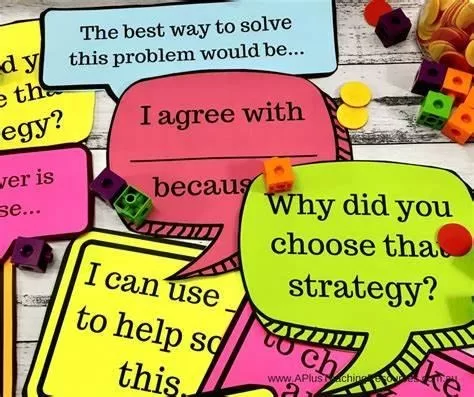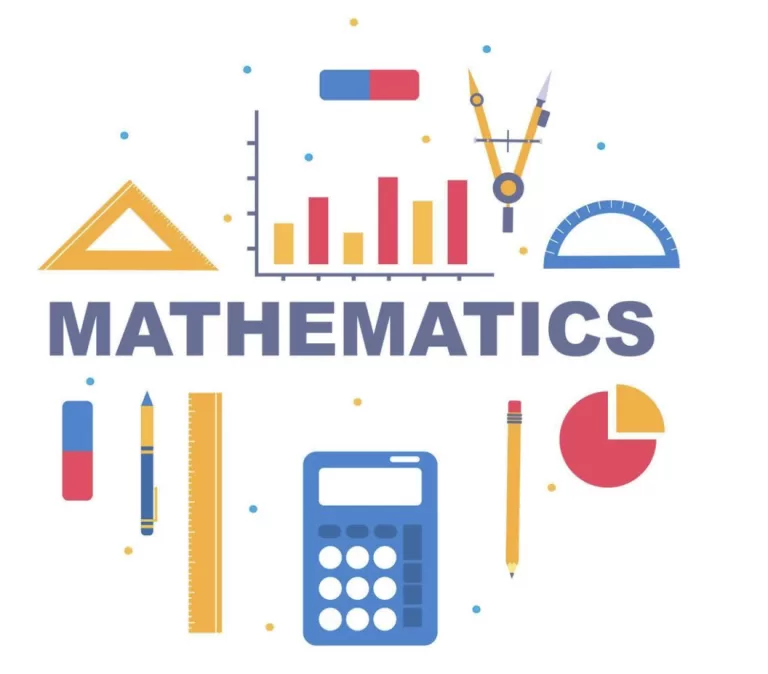What is fluency and why is it so important?
The National Centre for Excellence in the Teaching of Mathematics (NCETM) includes fluency as one of their 5 big ideas for teaching mathematics. They describe it as:
- knowing key mathematical facts
- thinking flexibly
- making connections
A valued colleague of mine always said, ‘Don’t practise until you get it right. Practise until you can’t get it wrong.’ To me, this sums up the first point. Rapid recall of key facts like times tables allow children to work efficiently and accurately and means the brain can focus on new learning.
Fluency is fundamental if children are to think mathematically. Embedded facts and familiarity with patterns and concepts will allow them to apply these, even in unfamiliar situations. If they can make connections, even when they meet new learning, they will have a sense of where to start as there are familiar elements they can draw on.
Perhaps most importantly, fluency brings confidence and, as Helen Granger (NCETM Assistant Director for Secondary) states, ‘empowers students to handle maths.’
If children are finding it tricky to recall facts, tutoring can help. Regular, targeted sessions will assist in embedding facts, developing fluency and reducing cognitive load.



